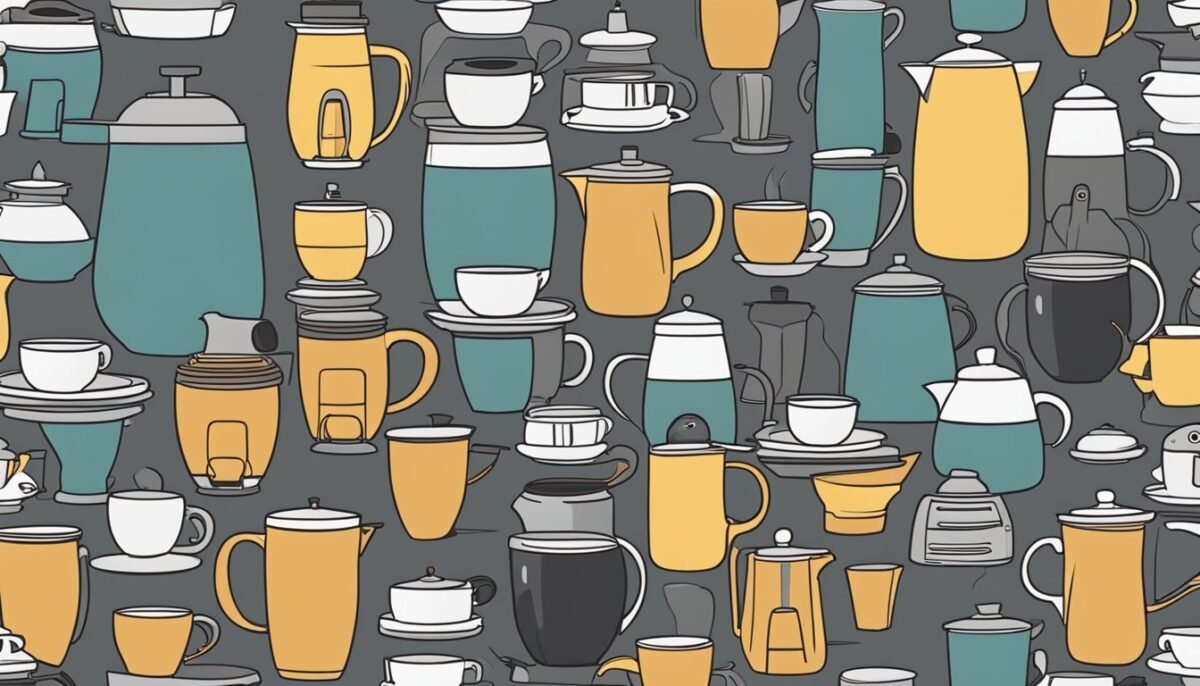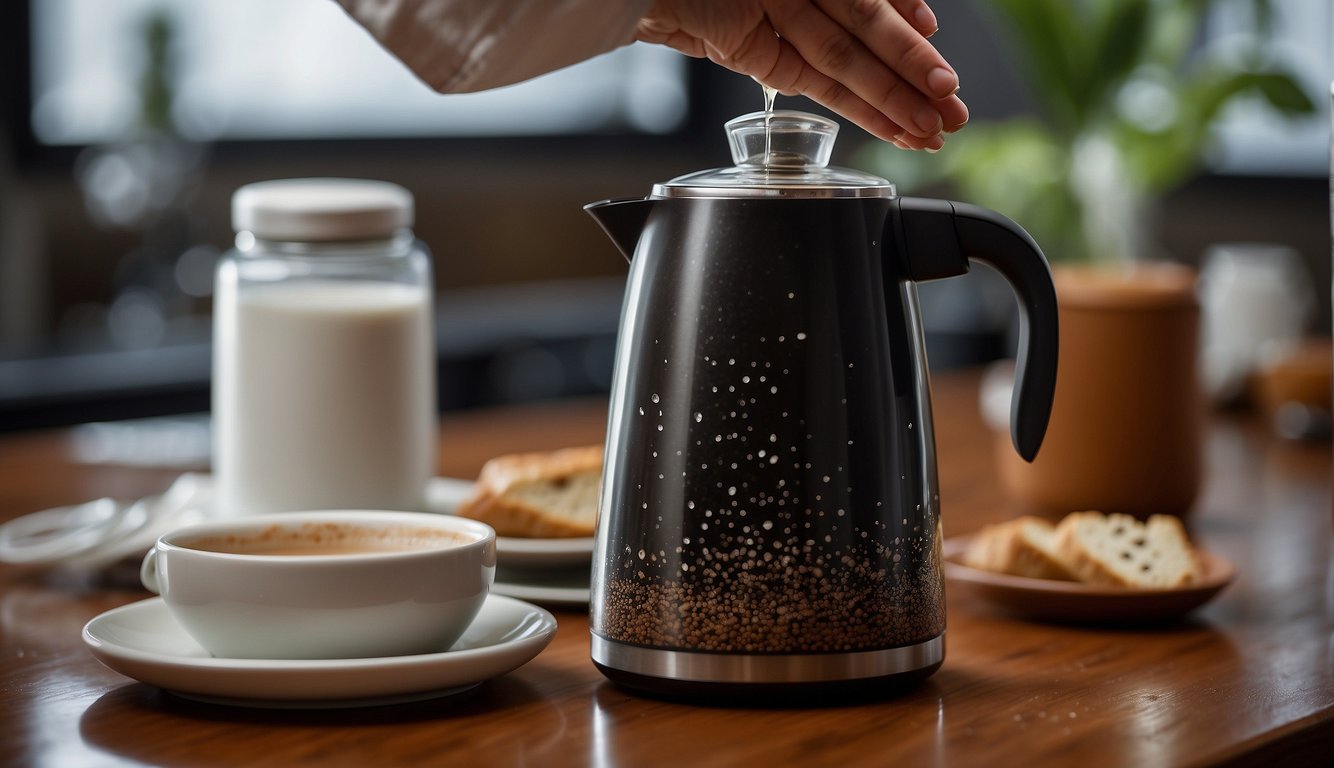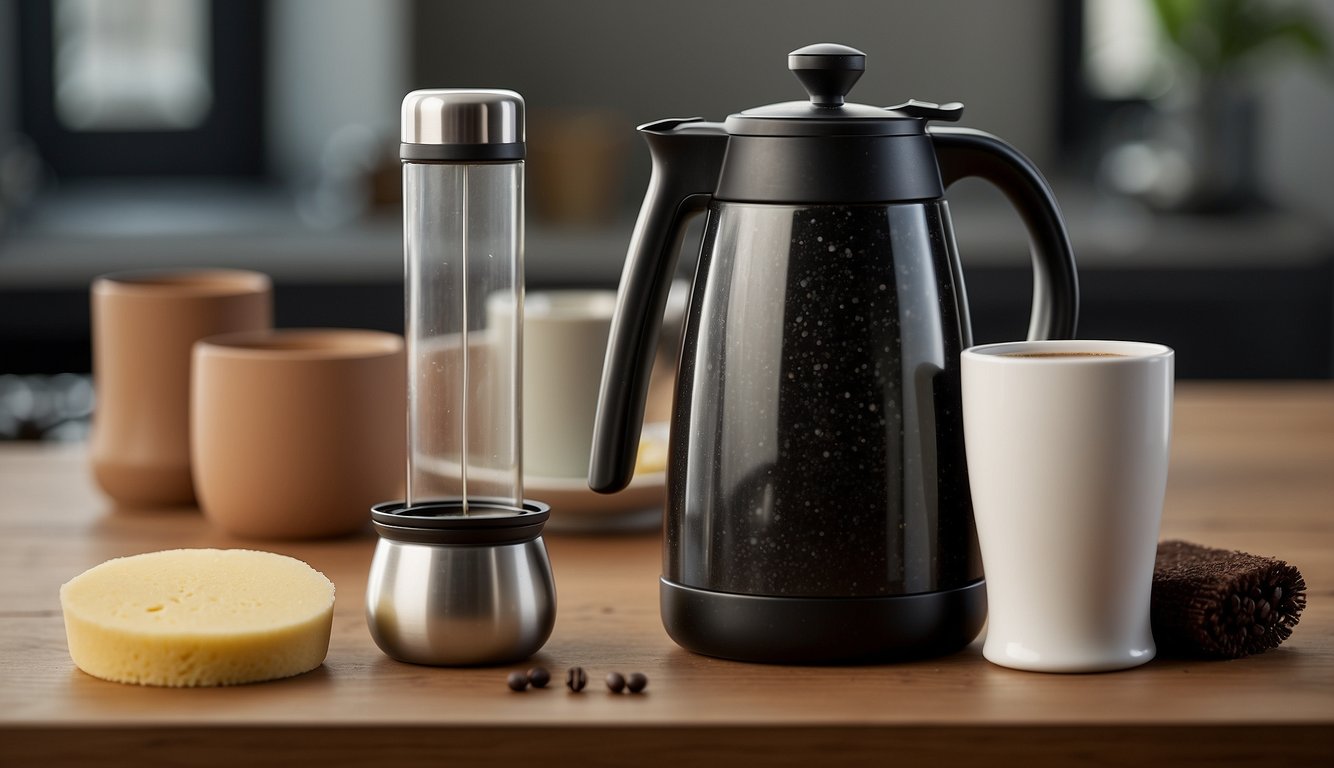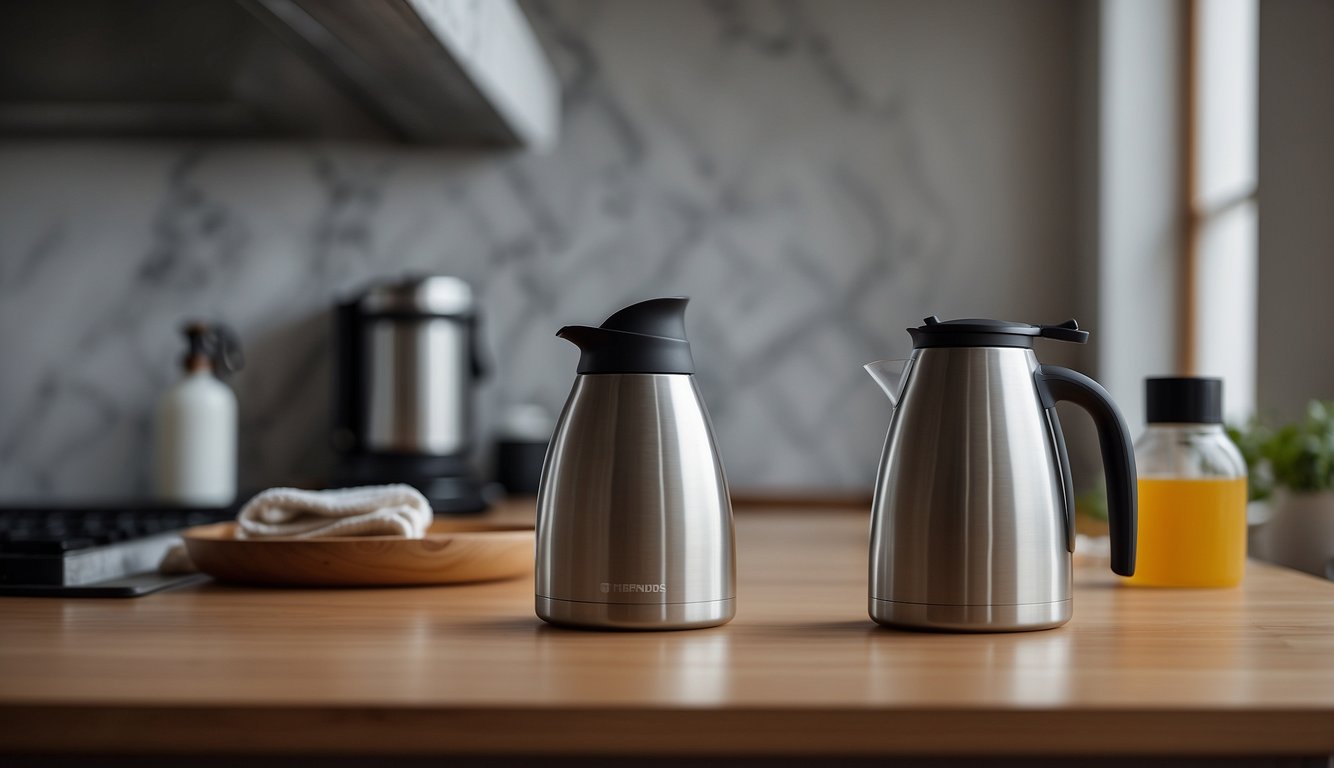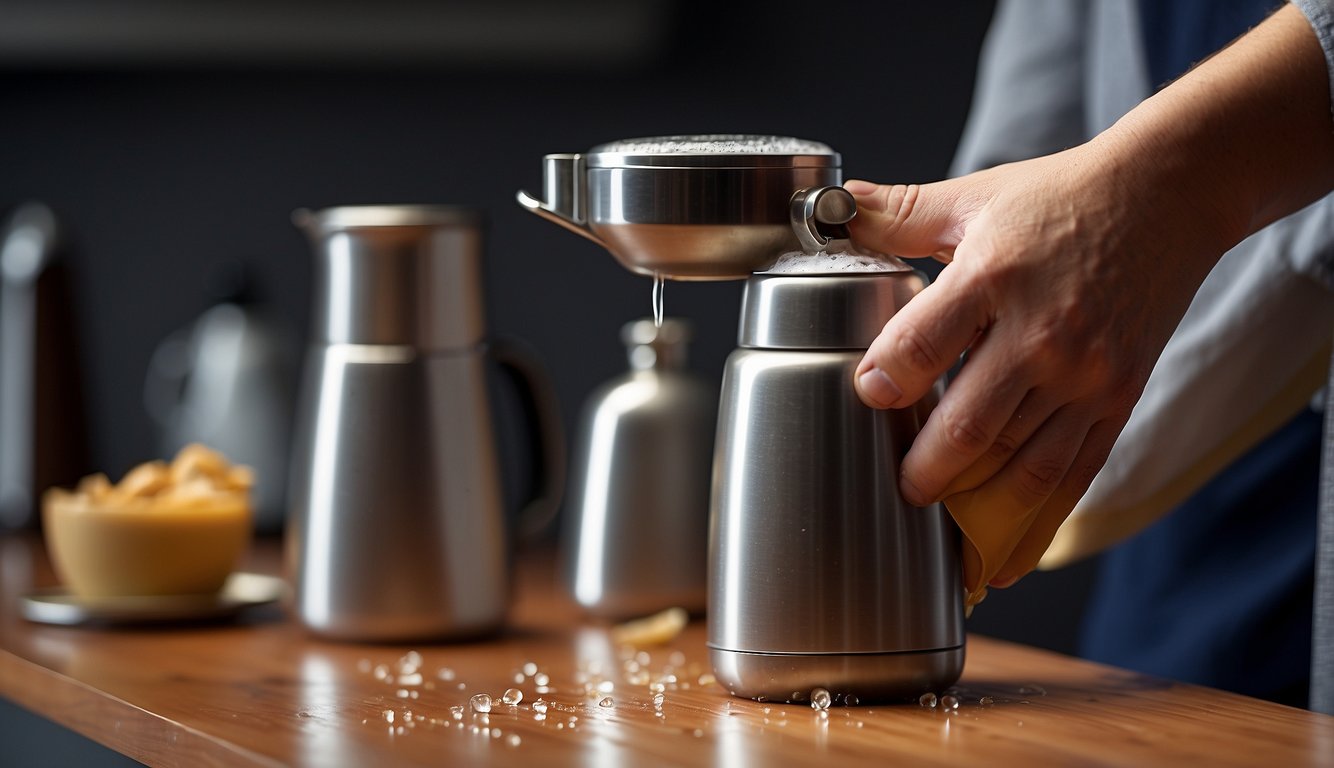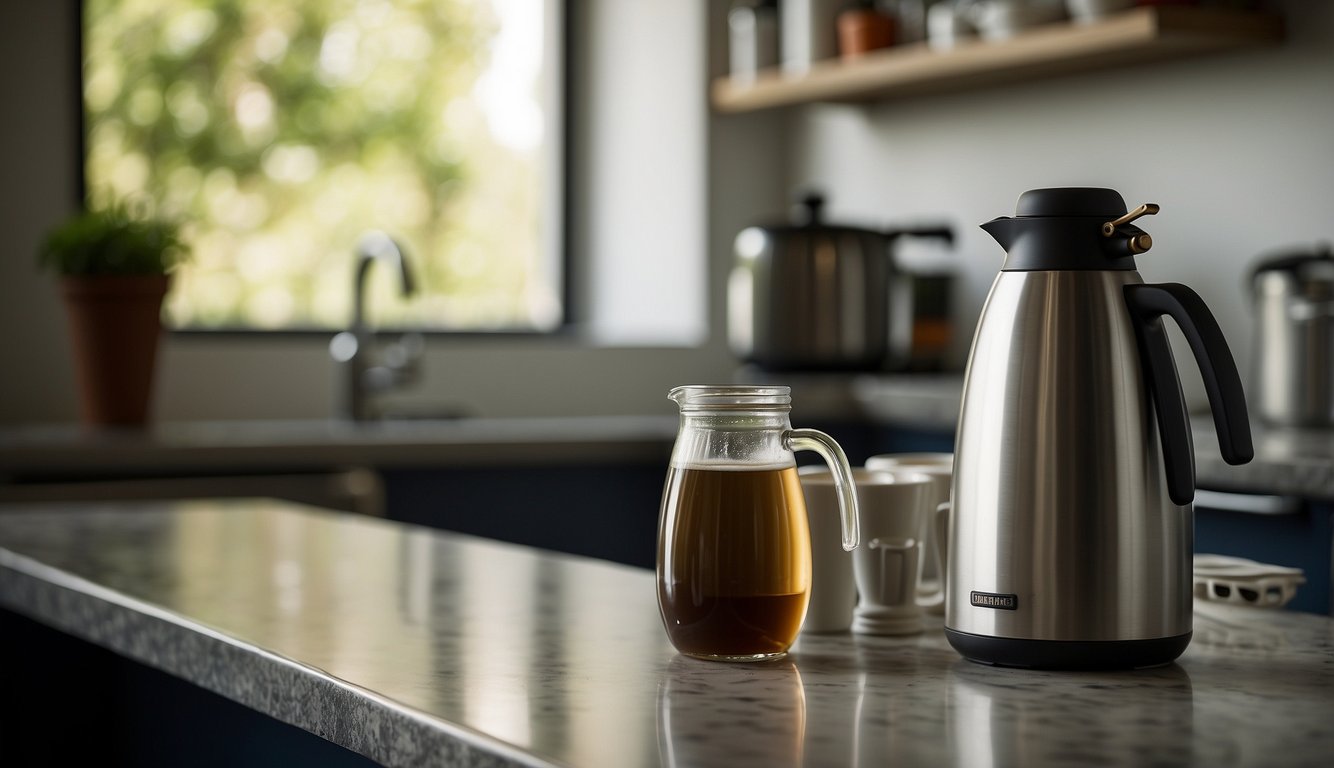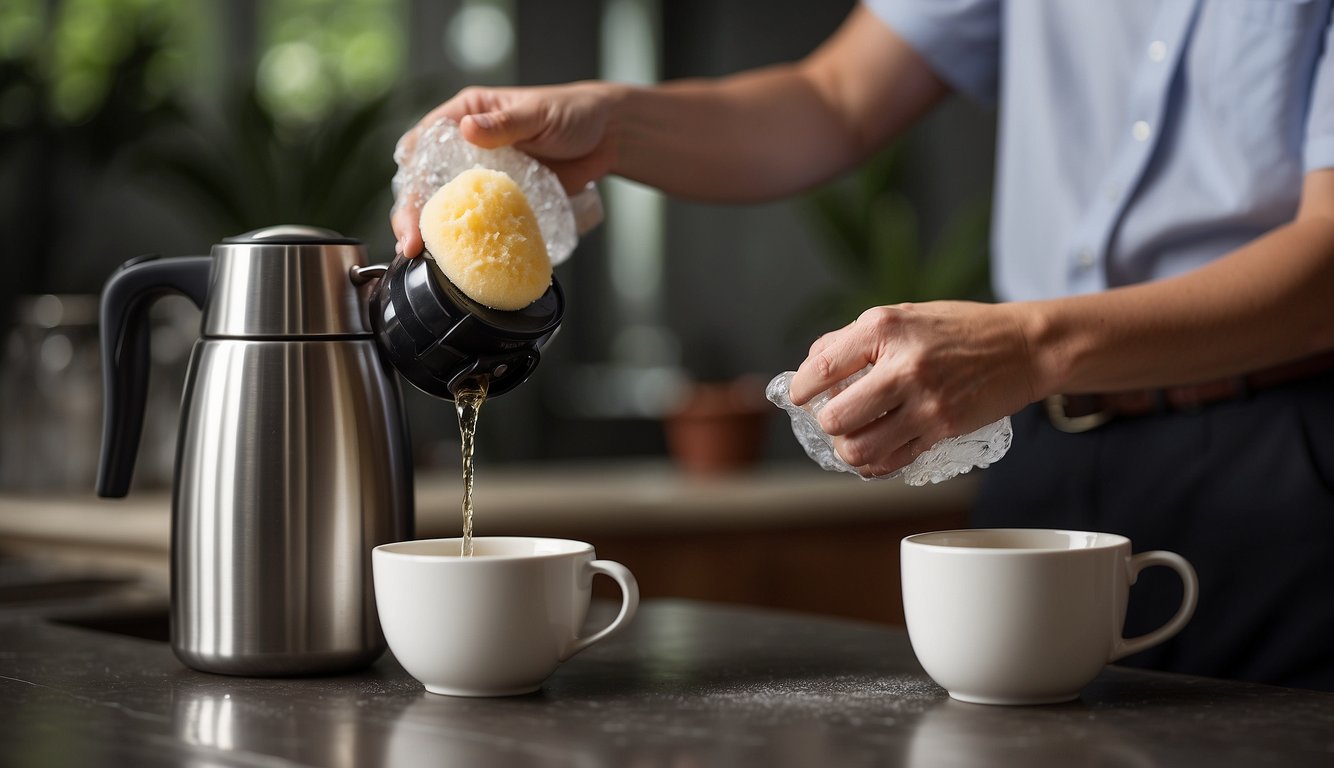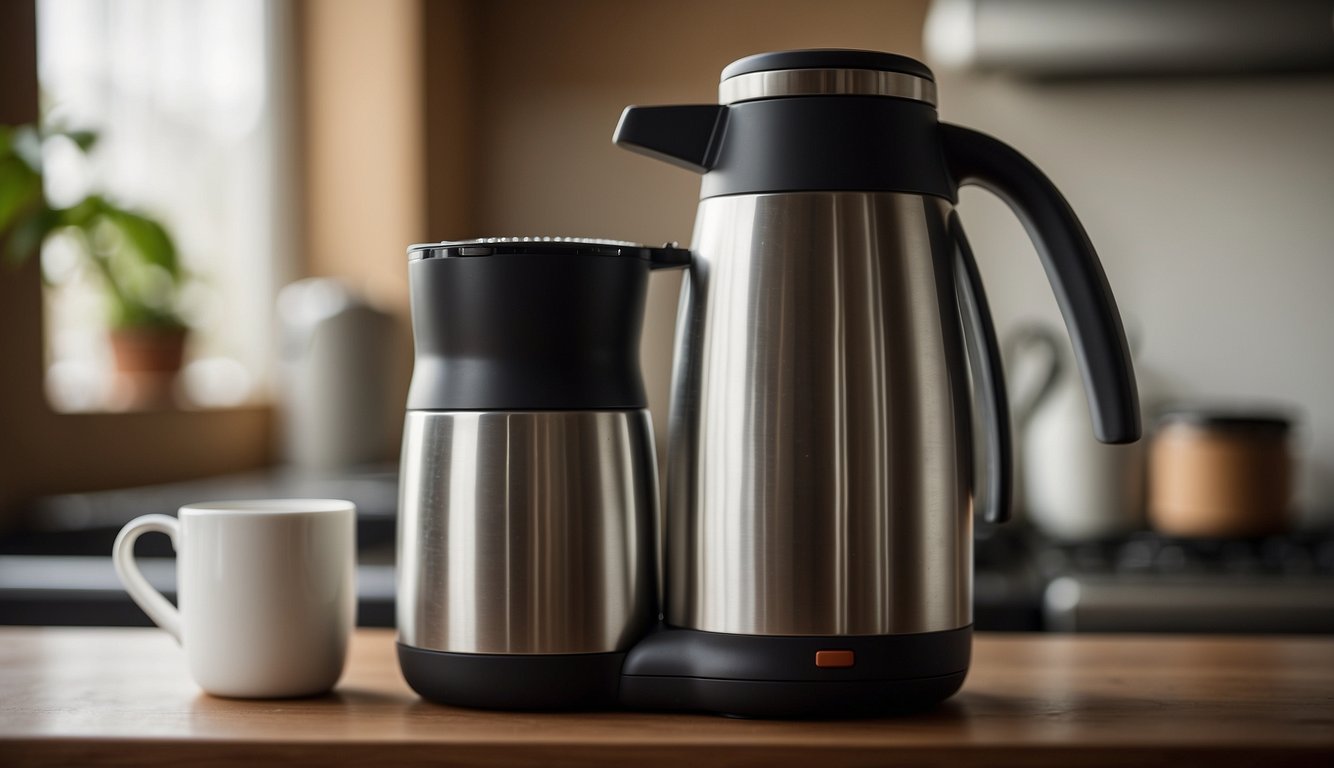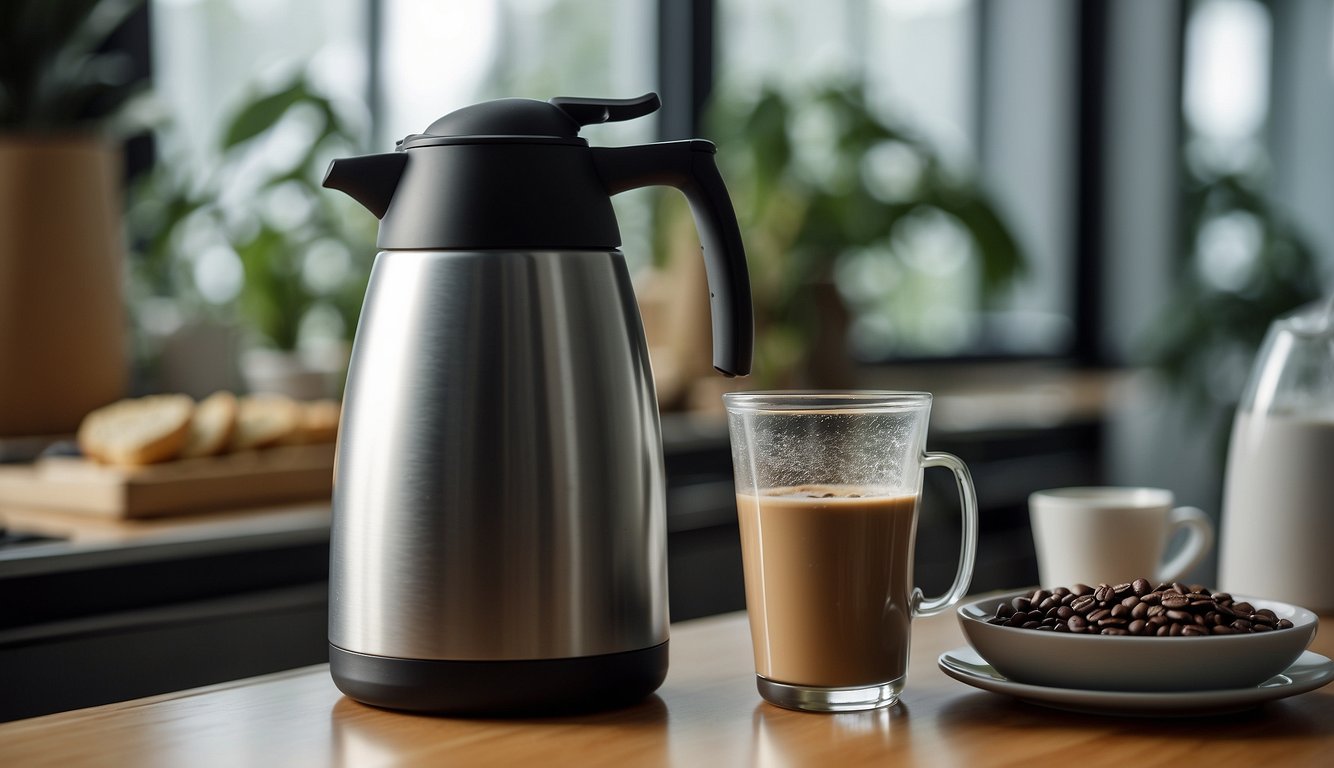Coffee is a staple for many people, and the way it is brewed can make a big difference in the taste and quality of the final product. One of the most important factors in this process is the container used to hold and dispense the coffee. There are several options available, including coffee pots, airpots, and thermal carafes, each with its own set of advantages and disadvantages. In this article, we will explore the differences between these containers and help you decide which one is best for your needs.

First, we will provide an overview of each type of container and the features that make them unique. This will include a discussion of their insulation performance, design and material considerations, usability and convenience, volume and capacity, cost and value analysis, environmental impact and sustainability, and brand and model variations. We will also answer some frequently asked questions about each type of container to help you make an informed decision.
Whether you are a coffee aficionado or simply looking for a reliable way to brew your morning cup of joe, understanding the differences between coffee pots, airpots, and thermal carafes is essential. By the end of this article, you will have a better understanding of which type of container is best suited to your needs and preferences.
Key Takeaways
- Coffee pots, airpots, and thermal carafes each have their own unique advantages and disadvantages.
- Insulation performance, design and material considerations, usability and convenience, volume and capacity, cost and value analysis, environmental impact and sustainability, and brand and model variations are all important factors to consider when choosing a container.
- By understanding the differences between these containers, you can make an informed decision about which one is best for your needs.
Overview of Beverage Containers

When it comes to serving coffee, there are several types of containers to choose from. Each option has its own unique features and benefits, making it important to consider which one is best for your specific needs.
Coffee Pots
Coffee pots are the most traditional option for serving coffee. They are typically made of glass or ceramic and come with a lid and handle. Coffee pots are easy to use and can hold a large amount of coffee, making them ideal for serving a crowd. They are also easy to clean and can be placed in the dishwasher.
Airpots
Airpots are a more modern option for serving coffee. They are made of stainless steel and have a vacuum-sealed interior that keeps coffee hot for hours. Airpots are easy to use and can be placed on a table or counter for self-service. They are also easy to clean and can be disassembled for thorough cleaning.
Thermal Carafes
Thermal carafes are similar to airpots in that they are made of stainless steel and have a vacuum-sealed interior. However, they are designed to be more portable and can be easily carried from one location to another. Thermal carafes are ideal for outdoor events or for serving coffee in a conference room. They are also easy to clean and can be disassembled for thorough cleaning.
In summary, coffee pots, airpots, and thermal carafes are all great options for serving coffee. The best choice for you will depend on your specific needs, such as the size of your group, the length of time you need to keep the coffee hot, and the portability of the container.
Comparing Insulation Performance
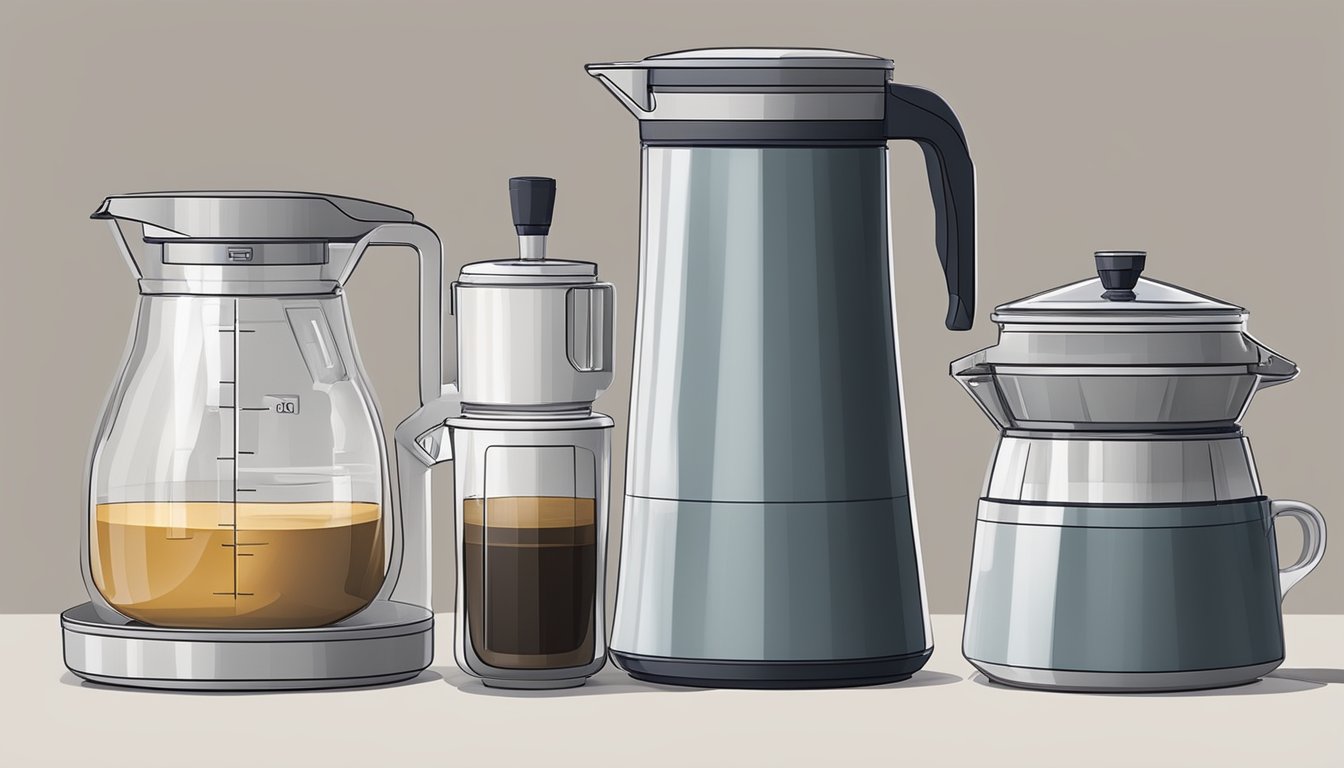
Heat Retention
When it comes to heat retention, thermal carafes are the clear winner. They are designed to keep liquids hot for several hours, sometimes even up to 12 hours or more. This is due to the double-wall insulation, which creates a vacuum between the walls, preventing heat from escaping. Coffee pots and airpots, on the other hand, are not designed for long-term heat retention. They are meant to keep coffee hot for a few hours at most, which is usually sufficient for most people.
Cold Retention
When it comes to cold retention, airpots are the best choice. They are designed to keep liquids cold for several hours, sometimes even up to 24 hours or more. This is due to the vacuum insulation, which prevents heat from entering the container. Coffee pots and thermal carafes, on the other hand, are not designed for cold retention. They are meant to keep coffee hot, not cold.
Overall, the choice between coffee pots, airpots, and thermal carafes depends on your specific needs. If you need to keep coffee hot for a long period of time, a thermal carafe is the best choice. If you need to keep coffee cold for a long period of time, an airpot is the way to go. If you only need to keep coffee hot for a few hours, a coffee pot or airpot will suffice.
Design and Material Considerations

When it comes to choosing a coffee pot, airpot, or thermal carafe, design and material considerations are important factors to consider. Here are some key considerations to keep in mind:
Durability
Durability is an important factor to consider when choosing a coffee pot, airpot, or thermal carafe. Look for products made from high-quality materials that are designed to last. Stainless steel is a popular choice for coffee pots, airpots, and thermal carafes because it is durable, easy to clean, and resistant to rust and corrosion. Glass is another popular choice, but it can be fragile and prone to breaking if dropped.
Aesthetics
Aesthetics are also an important consideration when choosing a coffee pot, airpot, or thermal carafe. Consider the design and style of the product, as well as its color and finish. Some coffee pots, airpots, and thermal carafes are designed to be sleek and modern, while others are more traditional in style. Choose a product that matches your personal taste and complements your kitchen décor.
Materials Used
The materials used to make a coffee pot, airpot, or thermal carafe can also impact its performance. Look for products made from high-quality materials that are designed to keep your coffee hot and fresh for longer periods of time. Stainless steel and glass are both popular choices, but there are also products made from plastic, ceramic, and other materials. Consider which material will best suit your needs and preferences.
Overall, when choosing a coffee pot, airpot, or thermal carafe, it’s important to consider both design and material considerations. Look for products that are durable, aesthetically pleasing, and made from high-quality materials that are designed to keep your coffee hot and fresh for longer periods of time.
Usability and Convenience
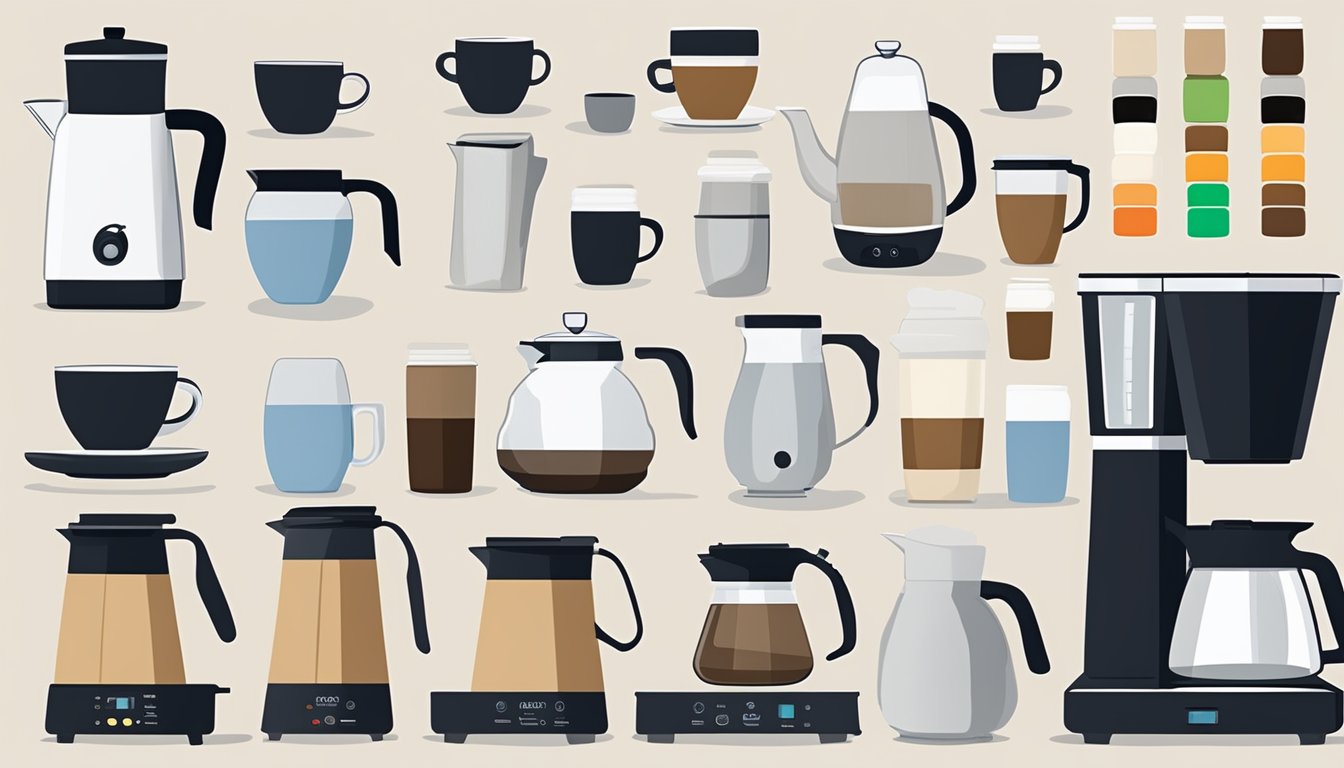
Ease of Use
When it comes to usability, coffee pots are the easiest to use. They have a simple design and are straightforward to operate. All you need to do is add water and coffee grounds, press a button, and wait for your coffee to brew. Airpots and thermal carafes are also relatively easy to use, but they require a bit more effort to set up.
One thing to keep in mind when considering ease of use is the capacity of the coffee pot, airpot, or thermal carafe. If you’re brewing coffee for a large group, you’ll want to choose a model with a higher capacity. On the other hand, if you’re only brewing coffee for yourself or a small group, a smaller model may be more convenient.
Cleaning and Maintenance
Cleaning and maintenance are important factors to consider when choosing a coffee pot, airpot, or thermal carafe. Coffee pots are generally easy to clean, with most models featuring a removable filter basket and carafe that can be washed in the dishwasher. Airpots and thermal carafes require a bit more effort to clean, as they often have smaller openings that can be challenging to reach with a sponge or brush.
It’s also essential to consider the maintenance required for each type of coffee container. Coffee pots typically require regular cleaning of the heating element and descaling to remove mineral buildup. Airpots and thermal carafes require less maintenance but may need to be replaced if they become damaged or worn over time.
Portability
If you’re someone who enjoys taking their coffee on the go, portability is an essential factor to consider. Airpots and thermal carafes are the best options for portability, as they can be easily transported without spilling or leaking. Coffee pots, on the other hand, are not as portable and are best used in a stationary location.
When choosing a portable coffee container, it’s important to consider the size and weight of the container, as well as the ease of pouring and carrying. Some models come with a handle or strap for easy transport, while others have a compact design that can fit in a backpack or tote bag.
Overall, each type of coffee container has its pros and cons when it comes to usability and convenience. It’s essential to consider your specific needs and preferences when choosing the best option for you.
Volume and Capacity
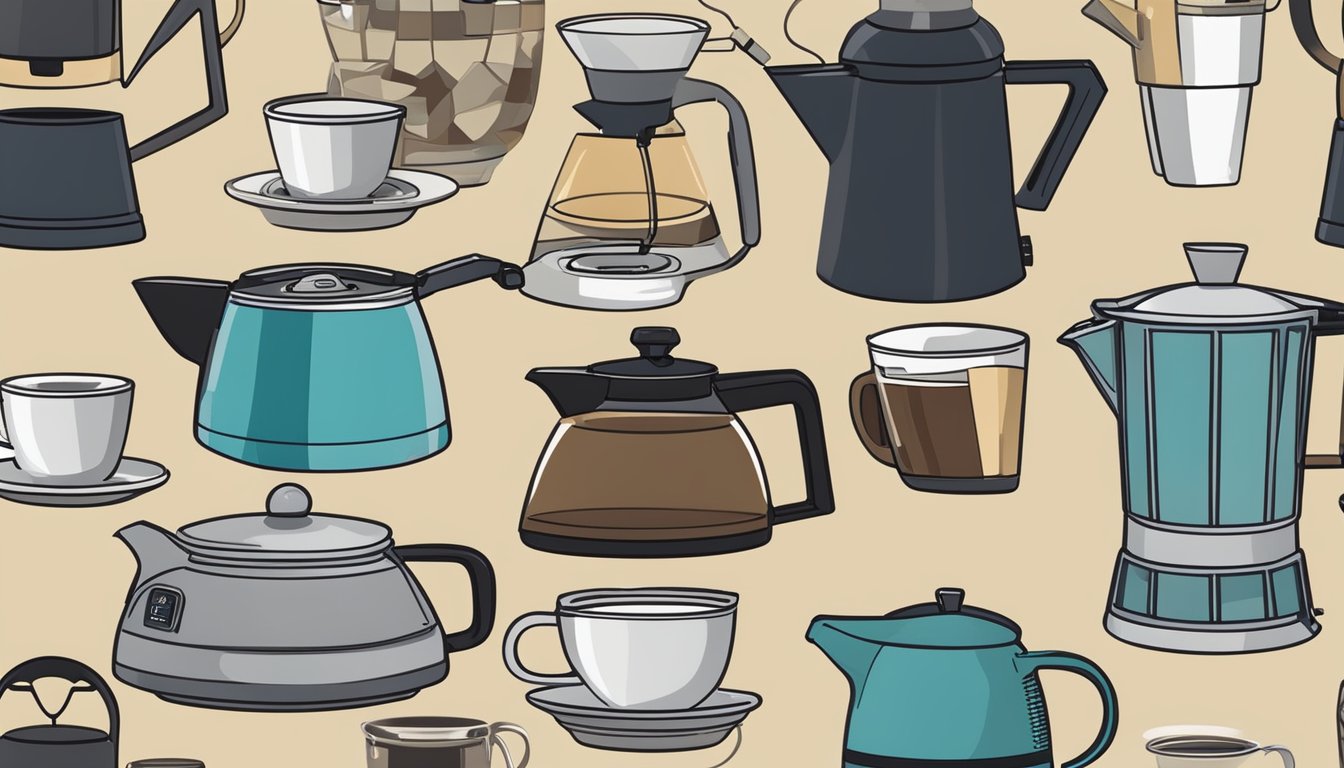
Serving Size
When it comes to coffee pots, airpots, and thermal carafes, one of the most important considerations is the serving size. The serving size should be chosen based on the number of people who will be drinking the coffee. For smaller households, a coffee pot with a capacity of 4-5 cups may be sufficient, while larger households may require a coffee pot with a capacity of 10-12 cups.
Airpots and thermal carafes are also available in different sizes, with capacities ranging from 1.5 liters to 3 liters. These options are ideal for those who want to keep their coffee hot for longer periods of time without having to brew multiple pots.
Space Efficiency
Another important consideration when choosing between coffee pots, airpots, and thermal carafes is space efficiency. Coffee pots are typically bulkier and take up more counter space than airpots or thermal carafes. However, coffee pots are easier to store in cabinets or on shelves when not in use.
Airpots and thermal carafes are designed to be more compact and take up less counter space. They are also easier to transport, making them ideal for office settings or outdoor events.
Overall, the choice between coffee pots, airpots, and thermal carafes ultimately comes down to personal preference and individual needs. It is important to consider serving size and space efficiency when making a decision.
Cost and Value Analysis
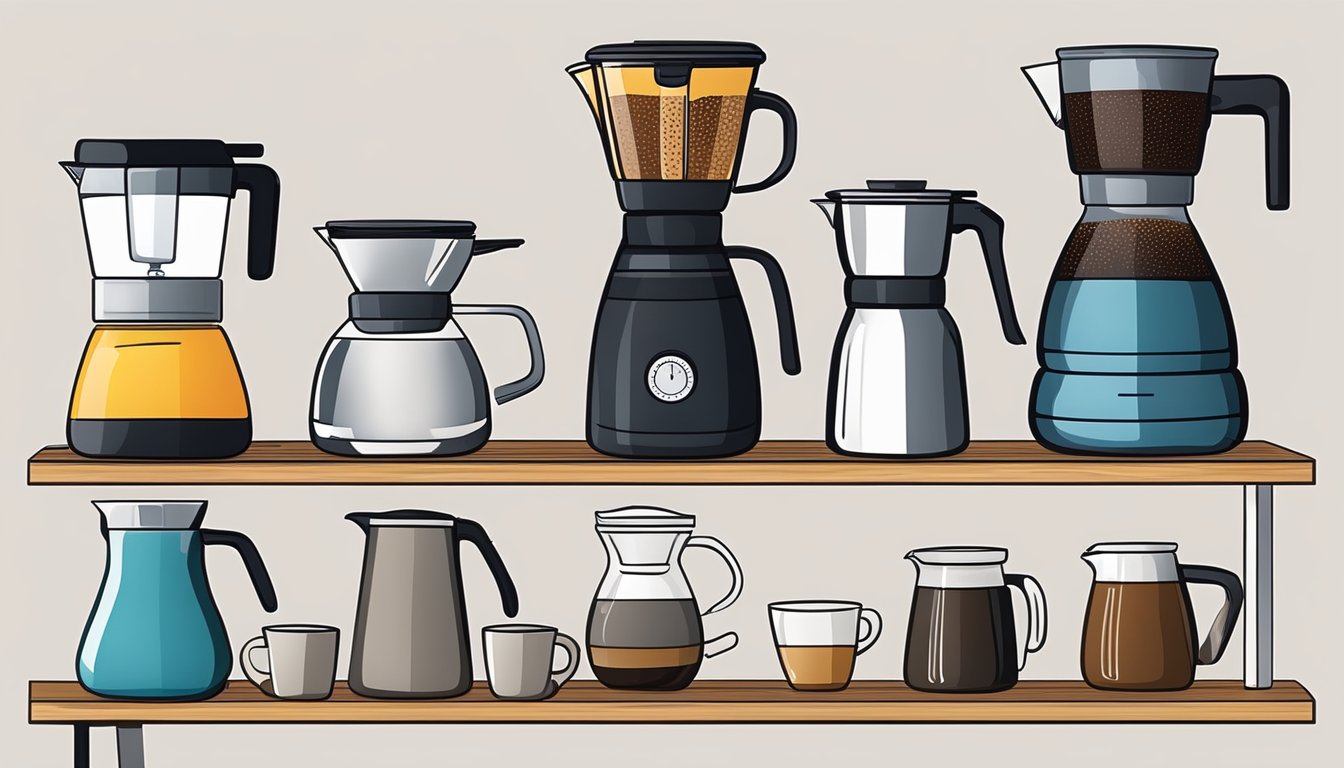
Initial Investment
When it comes to coffee pots, airpots, and thermal carafes, the initial investment can vary greatly. Coffee pots tend to be the most affordable option, with basic models starting at around $15. Airpots and thermal carafes, on the other hand, can cost anywhere from $30 to $100 or more, depending on the size and features.
It’s important to consider how much coffee you will be making and how frequently you will be using your coffee container before deciding on an initial investment. If you only make coffee occasionally, a basic coffee pot may be the most cost-effective option. However, if you make coffee every day or need to keep it hot for long periods of time, investing in an airpot or thermal carafe may be worth the extra cost.
Long-Term Value
While the initial investment is important, it’s also crucial to consider the long-term value of your coffee container. Coffee pots may be affordable upfront, but they can break or wear out quickly, requiring frequent replacements. Airpots and thermal carafes, on the other hand, are designed to last for years and can provide long-term value.
In addition to durability, airpots and thermal carafes can also save money in the long run by reducing waste. With a traditional coffee pot, excess coffee is often poured down the drain at the end of the day. With an airpot or thermal carafe, the coffee can be kept hot and fresh for hours, reducing the need for frequent brewing and waste.
Ultimately, the best option for cost and value will depend on your individual needs and preferences. It’s important to consider both the initial investment and long-term value when making a decision.
Environmental Impact and Sustainability
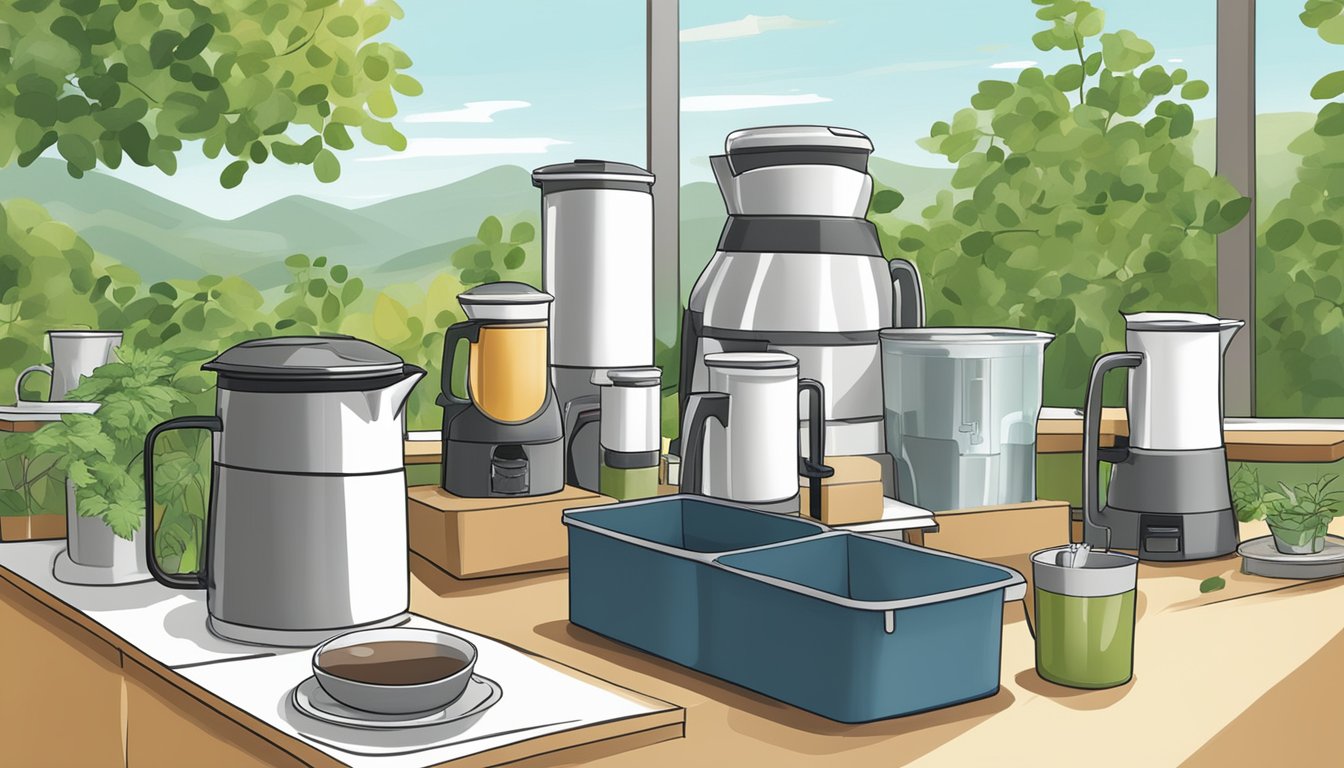
When it comes to choosing a coffee pot, airpot, or thermal carafe, it’s important to consider the environmental impact and sustainability of each option.
Coffee pots are typically made of glass or plastic and can be easily recycled. However, they require electricity to operate, which can contribute to carbon emissions. Airpots and thermal carafes, on the other hand, do not require electricity to keep coffee hot, making them a more eco-friendly option.
Airpots and thermal carafes are also more sustainable in the long run because they eliminate the need for disposable coffee cups. By using a reusable mug or cup, coffee drinkers can significantly reduce their environmental impact.
When it comes to materials, stainless steel is a popular choice for airpots and thermal carafes due to its durability and recyclability. Glass and plastic are also options, but they may not be as long-lasting or environmentally friendly.
Overall, when considering the environmental impact and sustainability of coffee pots, airpots, and thermal carafes, it’s important to weigh the pros and cons of each option and choose the one that aligns with your values and priorities.
Brand and Model Variations
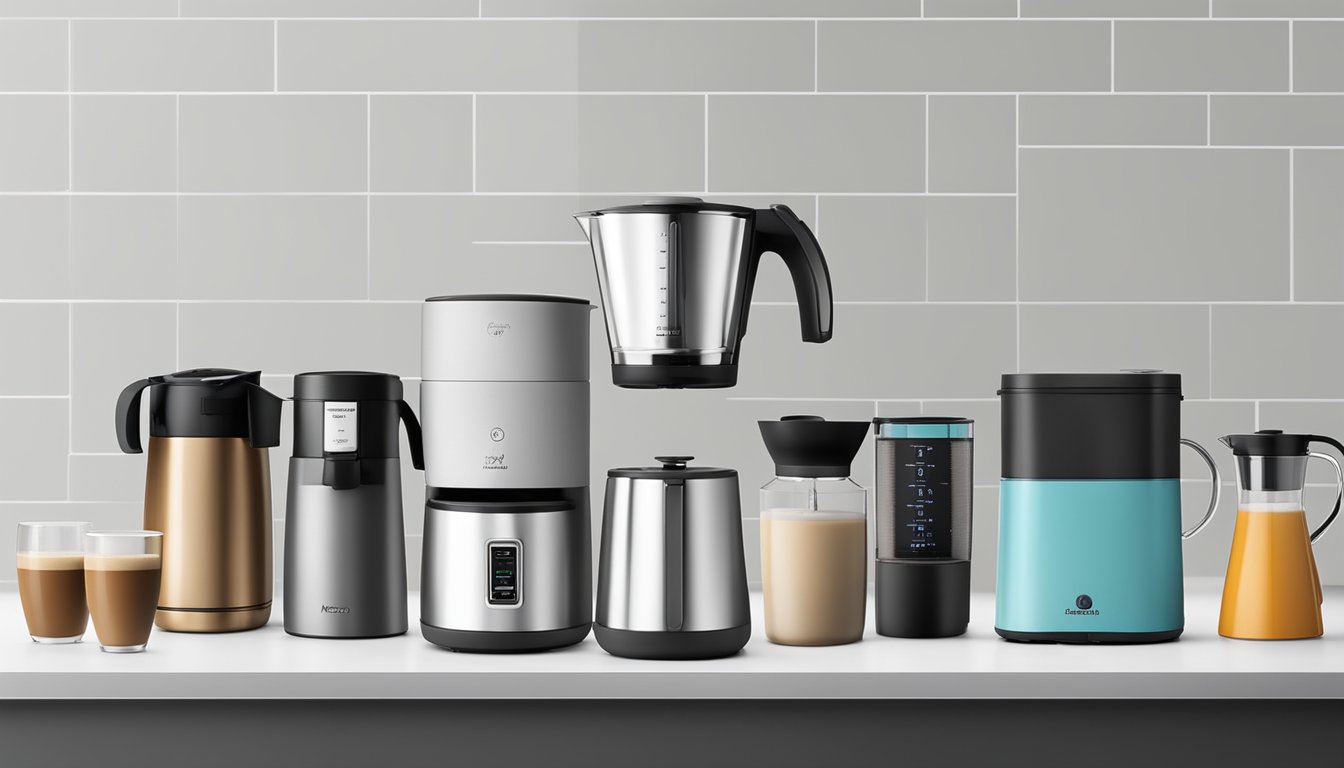
Popular Brands
When it comes to coffee pots, airpots, and thermal carafes, there are several popular brands to choose from. Some of the most well-known brands include BUNN, Hamilton Beach, and Cuisinart. These brands offer a wide range of products that cater to different needs and preferences.
BUNN is known for its high-quality coffee makers that are designed to brew coffee quickly and efficiently. Their products are popular among coffee shops and restaurants because of their durability and reliability.
Hamilton Beach is a brand that offers a variety of coffee makers that are affordable and easy to use. They have a range of products that cater to different needs, from single-serve coffee makers to large-capacity coffee pots.
Cuisinart is a brand that is known for its innovative and stylish products. They offer a range of coffee makers that come with advanced features such as programmable settings and automatic shut-off.
Model-Specific Features
Each brand offers a variety of models that come with different features. For example, BUNN has a range of coffee makers that come with different brewing capacities, ranging from 10 cups to 12 cups. They also offer models that come with thermal carafes, which are designed to keep coffee hot for several hours.
Hamilton Beach offers a range of coffee makers that come with different brewing options, including single-serve, pour-over, and drip coffee makers. Some of their models also come with programmable settings, which allow users to set the brewing time and strength of their coffee.
Cuisinart offers a range of coffee makers that come with advanced features such as built-in grinders, hot water dispensers, and automatic shut-off. They also offer models that come with thermal carafes, which are designed to keep coffee hot for several hours.
Overall, the choice of brand and model depends on individual preferences and needs. It is important to consider factors such as brewing capacity, brewing options, and additional features when selecting a coffee pot, airpot, or thermal carafe.
Frequently Asked Questions
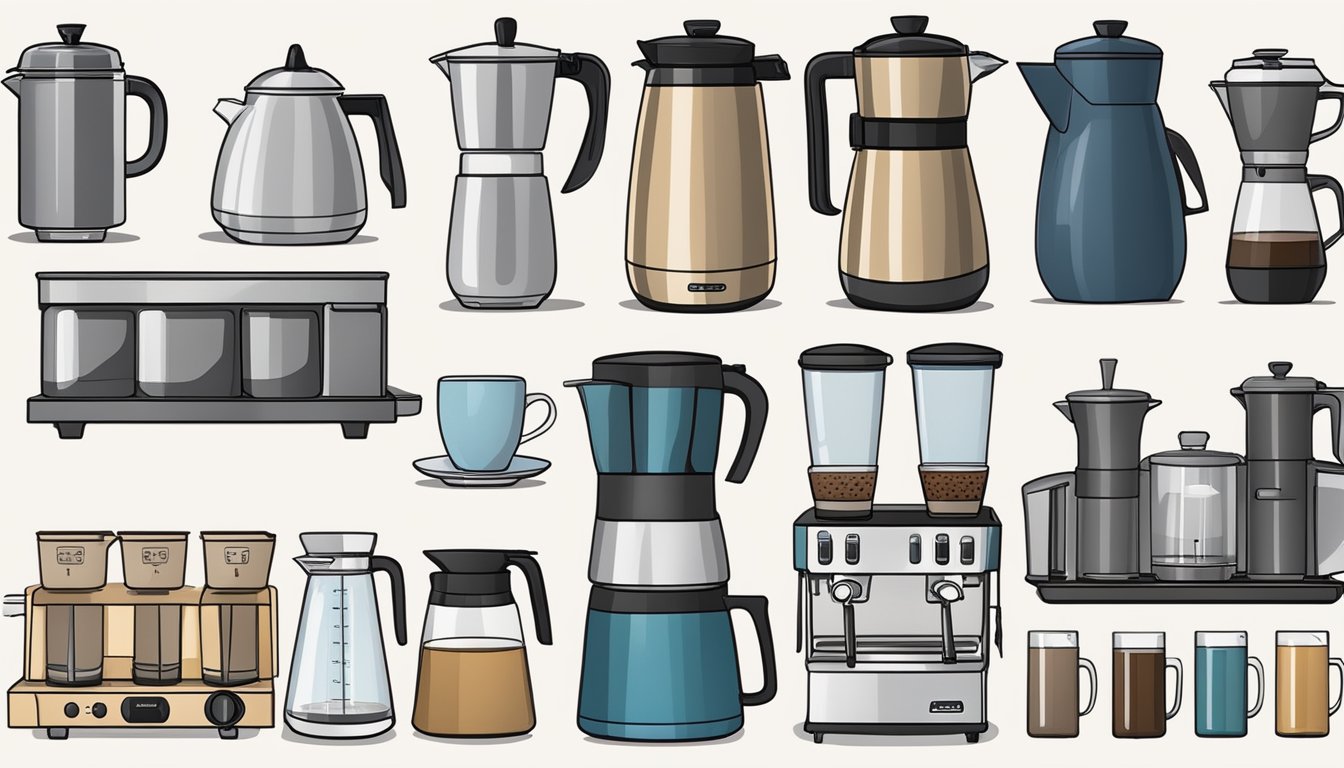
What is the highest rated drip coffee maker with thermal carafe?
There are several drip coffee makers with thermal carafes that are highly rated by consumers and experts. Some of the top-rated models include the Technivorm Moccamaster, Bonavita BV1900TS, and Breville Precision Brewer. These machines are known for their consistent brewing temperature, fast brewing time, and durable construction.
Which carafe keeps coffee hot the longest?
Thermal carafes are designed to keep coffee hot for several hours. Stainless steel carafes are known to retain heat better than glass-lined carafes. However, the length of time that coffee stays hot also depends on the quality of insulation and the design of the carafe.
Which is better: glass lined or stainless steel coffee carafes?
Both glass-lined and stainless steel carafes have their advantages and disadvantages. Glass-lined carafes are more fragile and can break easily. However, they are easier to clean and do not impart any metallic taste to the coffee. Stainless steel carafes are more durable and retain heat better. However, they can be harder to clean and may leave a metallic taste in the coffee if not properly maintained.
Does a thermal carafe change the taste of coffee?
Thermal carafes are designed to keep coffee hot without altering its taste. However, the material and construction of the carafe can affect the taste of the coffee. Glass-lined carafes are known to preserve the taste of coffee better than stainless steel carafes.
What are the top-rated thermal carafes according to consumer reports?
Consumer Reports has rated several thermal carafes highly, including the Zojirushi Stainless Steel Vacuum Carafe, Thermos Stainless King Beverage Bottle, and Stanley Classic Vacuum Bottle. These carafes are known for their excellent heat retention, durability, and ease of use.
How do airpots compare to thermal carafes in terms of heat retention and durability?
Airpots and thermal carafes both have their advantages and disadvantages. Airpots are designed to keep coffee hot for several hours and are easy to use. However, they are less durable than thermal carafes and may require more frequent cleaning. Thermal carafes, on the other hand, are more durable and retain heat better. However, they are typically heavier and bulkier than airpots.
